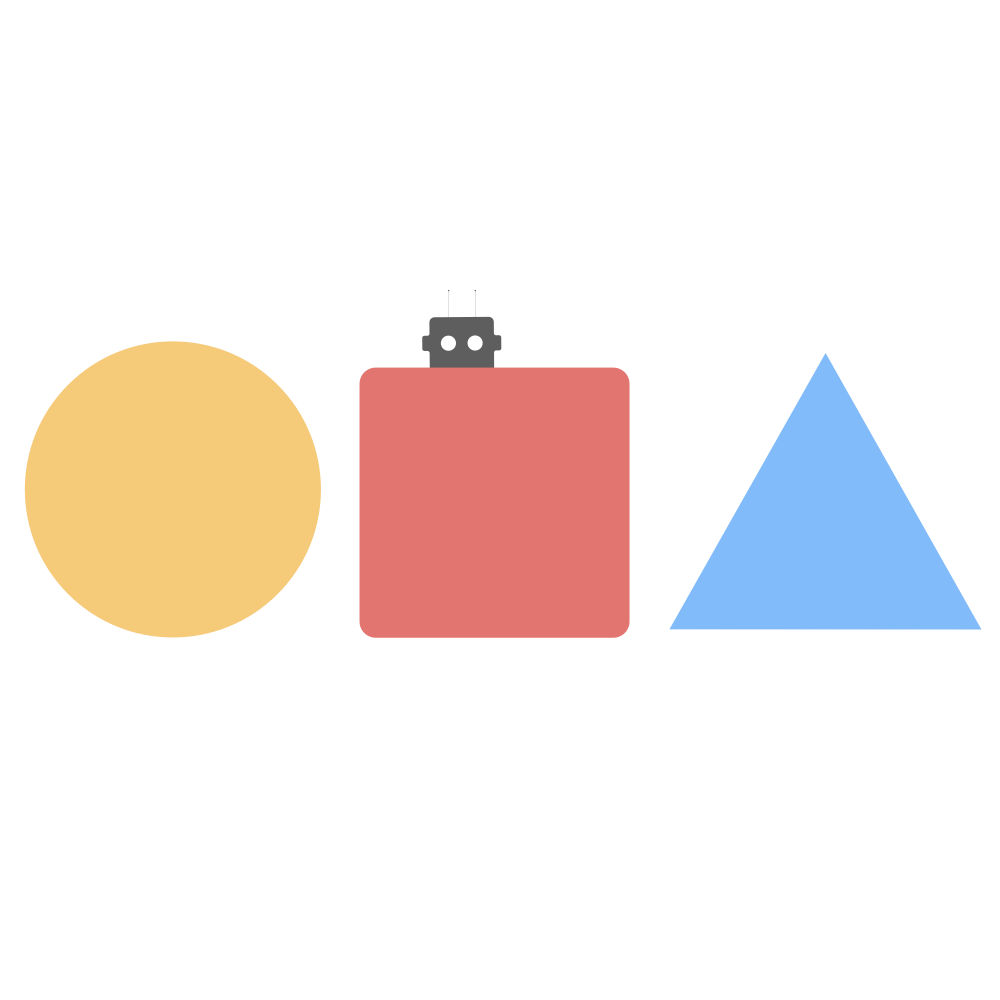「Huggingface🤗NLP笔记系列-第1集」 最近跟着Huggingface上的NLP tutorial走了一遍,惊叹居然有如此好的讲解Transformers系列的NLP教程,于是决定记录一下学习的过程,分享我的笔记,可以算是官方教程的精简版。但最推荐的,还是直接跟着官方教程来一遍,真是一种享受。
- 官方教程网址:https://huggingface.co/course/chapter1
- 本期内容对应网址:https://huggingface.co/course/chapter1/3?fw=pt
- 本系列笔记的GitHub: https://github.com/beyondguo/Learn_PyTorch/tree/master/HuggingfaceNLP
# 直接使用Pipeline工具做NLP任务
Pipeline是Huggingface的一个基本工具,可以理解为一个端到端(end-to-end)的一键调用Transformer模型的工具。它具备了数据预处理、模型处理、模型输出后处理等步骤,可以直接输入原始数据,然后给出预测结果,十分方便。
给定一个任务之后,pipeline会自动调用一个预训练好的模型,然后根据你给的输入执行下面三个步骤:
- 预处理输入文本,让它可被模型读取
- 模型处理
- 模型输出的后处理,让预测结果可读
一个例子如下:
from transformers import pipeline
clf = pipeline('sentiment-analysis')
clf('Haha, today is a nice day!')
2
3
4
输出:
[{'label': 'POSITIVE', 'score': 0.9998709559440613}]
还可以直接接受多个句子,一起预测:
clf(['good','nice','bad'])
输出:
[{'label': 'POSITIVE', 'score': 0.9998160600662231},
{'label': 'POSITIVE', 'score': 0.9998552799224854},
{'label': 'NEGATIVE', 'score': 0.999782383441925}]
2
3
pipeline支持的task包括:
"feature-extraction": will return a FeatureExtractionPipeline."text-classification": will return a TextClassificationPipeline."sentiment-analysis": (alias of "text-classification") will return a TextClassificationPipeline."token-classification": will return a TokenClassificationPipeline."ner"(alias of "token-classification"): will return a TokenClassificationPipeline."question-answering": will return a QuestionAnsweringPipeline."fill-mask": will return a FillMaskPipeline."summarization": will return a SummarizationPipeline."translation_xx_to_yy": will return a TranslationPipeline."text2text-generation": will return a Text2TextGenerationPipeline."text-generation": will return a TextGenerationPipeline."zero-shot-classification": will return a ZeroShotClassificationPipeline."conversational": will return a ConversationalPipeline.
下面可以可以来试试用pipeline直接来做一些任务:
# Have a try: Zero-shot-classification
零样本学习,就是训练一个可以预测任何标签的模型,这些标签可以不出现在训练集中。
一种零样本学习的方法,就是通过NLI(文本蕴含)任务,训练一个推理模型,比如这个例子:
premise = 'Who are you voting for in 2020?'
hypothesis = 'This text is about politics.'
2
上面有一个前提(premise)和一个假设(hypothesis),NLI任务就是去预测,在这个premise下,hypothesis是否成立。
NLI (natural language inference)任务:it classifies if two sentences are logically linked across three labels (contradiction, neutral, entailment).
通过这样的训练,我们可以直接把hypothesis中的politics换成其他词儿,就可以实现zero-shot-learning了。而Huggingface pipeline中的零样本学习,使用的就是在NLI任务上预训练好的模型。
clf = pipeline('zero-shot-classification')
clf(sequences=["A helicopter is flying in the sky",
"A bird is flying in the sky"],
candidate_labels=['animal','machine']) # labels可以完全自定义
2
3
4
5
输出:
[{'sequence': 'A helicopter is flying in the sky',
'labels': ['machine', 'animal'],
'scores': [0.9938627481460571, 0.006137280724942684]},
{'sequence': 'A bird is flying in the sky',
'labels': ['animal', 'machine'],
'scores': [0.9987970590591431, 0.0012029369827359915]}]
2
3
4
5
6
参考阅读:
- 官方 Zero-shot-classification Pipeline文档:https://huggingface.co/transformers/main_classes/pipelines.html#transformers.ZeroShotClassificationPipeline
- 零样本学习简介:https://mp.weixin.qq.com/s/6aBzR0O3pwA8-btsuDX82g
# Have a try: Text Generation
Huggingface pipeline默认的模型都是英文的,比如对于text generation默认使用gpt2,但我们也可以指定Huggingface Hub上其他的text generation模型,这里我找到一个中文的:
generator = pipeline('text-generation', model='liam168/chat-DialoGPT-small-zh')
给一个初始词句开始生产:
generator('上午')
输出:
[{'generated_text': '上午上班吧'}]
# Have a try: Mask Filling
unmasker = pipeline('fill-mask')
unmasker('What the <mask>?', top_k=3) # 注意不同的模型,MASK token可能不一样,不一定都是 <mask>
2
3
输出:
[{'sequence': 'What the heck?',
'score': 0.3783760964870453,
'token': 17835,
'token_str': ' heck'},
{'sequence': 'What the hell?',
'score': 0.32931089401245117,
'token': 7105,
'token_str': ' hell'},
{'sequence': 'What the fuck?',
'score': 0.14645449817180634,
'token': 26536,
'token_str': ' fuck'}]
2
3
4
5
6
7
8
9
10
11
12
# 其他Tasks
还有很多其他的pipeline,比如NER,比如summarization,这里就不一一尝试了。
想看官方实例的可以参见: https://huggingface.co/course/chapter1/3?fw=pt
总之,我们可以看出,Huggingface提供的pipeline接口,就是一个”拿来即用“的端到端的接口,只要Huggingface Hub上有对应的模型,我们几行代码就可以直接拿来做任务了,真是造福大众啊!
下一篇笔记,会回顾一下Transformer模型的发展和基本架构,让我们对这些工具背后的模型更加了解。
